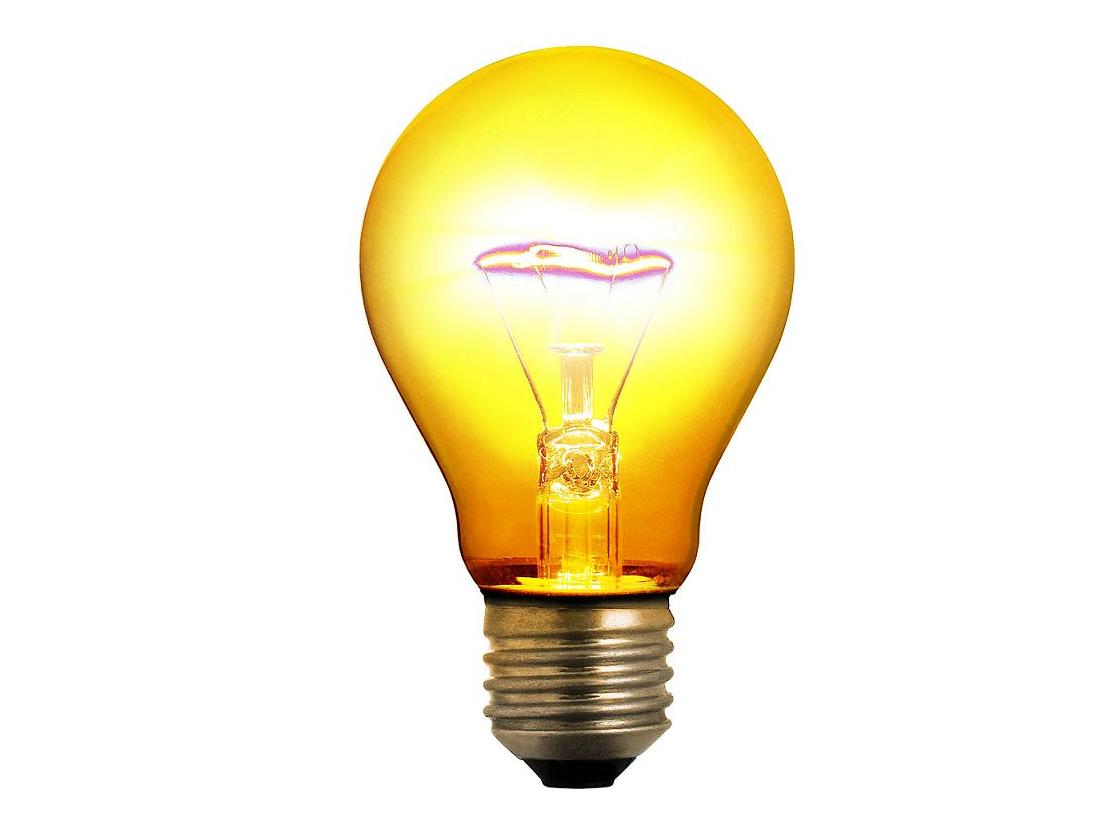Lasers boost efficiency of normal light bulbs
Ultra-powerful bursts of light can transform incandescent filaments

There might be life in the old incandescent light bulb yet. Optics researchers at the University of Rochester in New York have used an ultra-powerful laser to improve the efficiency of traditional bulbs.
Chunlei Guo, Associate Professor of Optics, says, "We fired an ultra-fast laser beam through the glass and altered a small area on the filament."
"When we lit the bulb, we could actually see this one patch was clearly brighter than the rest of the filament, but there was no change in the bulb's energy usage."
More light from less power
He says that the process can make a 100W bulb consume less electricity than a 60W bulb, while remaining far cheaper and radiating a more pleasant light than today's compact fluorescent bulbs.
The key to creating the super-filament is an ultra-brief, ultra-intense beam of light called a femtosecond laser pulse lasting only a few quadrillionths of a second. During its brief burst, Guo's laser unleashes as much power as the entire North American power grid onto a spot the size of a needle point.
The intense blast forces the surface of the metal to form nanostructures and microstructures that dramatically alter how efficiently light can radiate from the filament.
Get daily insight, inspiration and deals in your inbox
Sign up for breaking news, reviews, opinion, top tech deals, and more.
Scientific surprise
"We knew it should work in theory," says Guo, "But we were still surprised when we turned up the power on this bulb and saw just how much brighter the processed spot was."
Guo can also change the overall radiated spectrum so that the tungsten, which normally radiates a yellowish light, could radiate a more purely white light.
His team has even been able to make a filament radiate partially polarised light, which until now has been impossible to do without special filters that reduce the bulb's efficiency.